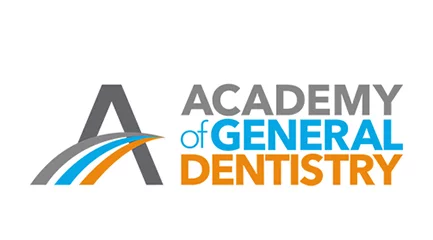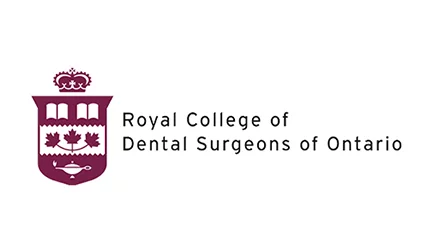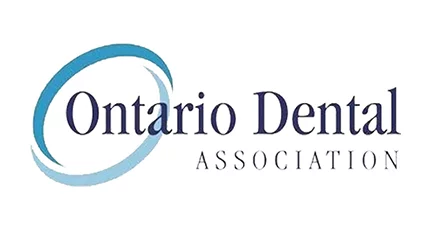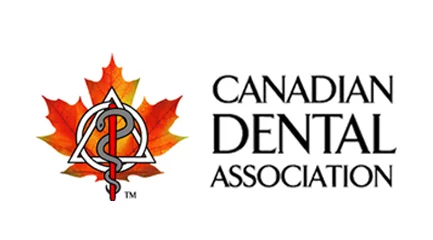ORAL PATHOLOGY: TYPES, SYMPTOMS, CAUSES & RISK FACTORS
Oral pathology deals with the study, diagnosis, and treatment of diseases in the mouth, face, or jaw. This field of medicine focuses on identifying and managing various conditions that can affect your teeth, gums, bones, joints, glands, and skin around your mouth.
While most of these conditions are found to be non-harmful and benign, it’s always a good idea to have any issue in your mouth or face checked out by a doctor. After all, you wouldn’t want to take any chances with your health, right? So, let’s explore more about oral pathology and how it can help you maintain good oral health.
TYPES OF ORAL PATHOLOGY
Oral pathology encompasses various conditions that can affect the mouth. Some examples include:
- Gum Disease (Periodontal Disease): A common issue affecting the gums.
- Oral Cancer: The most serious form of oral pathology, involving abnormal cell growth in the mouth.
- Cold Sores: Viral infections causing small, painful sores on or around the lips.
- Canker Sores: Painful, shallow sores that can form inside the mouth.
- Misalignment (Malocclusion): Refers to teeth or jaw misalignment.
- Candidiasis (Thrush): Fungal infection leading to white patches in the mouth.
- Hairy Tongue: A condition causing the tongue’s surface to appear hairy or furry.
- Dental Cavities: Decay in the teeth leading to holes or cavities.
- Hand, Foot, and Mouth Disease: Viral infection causing sores in the mouth, hands, and feet.
Moreover, observing any changes in the color or texture of the mouth’s lining is extremely important, as it can be indicative of underlying oral diseases. Therefore, regular dental check-ups help in early detection and appropriate management.
SIGNS THAT INDICATE SERIOUS ORAL PATHOLOGY
Watch out for unusual signs in your mouth, such as
- Visual Signs, such as red patches (erythroplasia) or white patches (leukoplakia).
- Persistent Sores
- Lumps or Thickening
- Persistent Sore Throat or Hoarseness
- Difficulty in Chewing or Swallowing
- Location of Changes
- Pain Not Always Present
- Facial and Oral Pain
Furthermore, if you experience facial or oral pain without an obvious cause, it could still pose a risk. That’s why it is essential to bring any concerns to the attention of a healthcare professional. Regular check-ups can certainly aid in the early detection and management of potential issues.
ORAL CANCER: THE MOST SEVERE TYPE OF ORAL PATHOLOGY
Each year, around 53,000 new cases of oral cancer emerge. This term encompasses various types of cancer occurring in the mouth or the back of the throat. Oral cancer is a highly serious condition that can become fatal if not identified and treated promptly. Early detection and intervention are compulsory for effective management.
RISK FACTORS AND CAUSES OF ORAL CANCER:
Oral cancer, which affects the mouth, can be linked to several common factors:
- Tobacco Use: Long-term use of tobacco, like smoking or chewing, is a major risk.
- Alcohol Consumption: Excessive and prolonged alcohol use increases the likelihood of oral cancer.
- HPV (Human Papillomavirus): Certain strains of HPV are associated with an increased risk of oral cancer.
- Body Weight: Having excess body weight is also considered a risk factor.
- UV Light Exposure: Overexposure to ultraviolet (UV) light, often from the sun, can contribute to the development of oral cancer.
- Poor Nutrition: A diet lacking in essential nutrients may also maximize the chances of oral cancer.
- Oral Health: Neglecting oral hygiene and health can contribute to the development of oral cancer.
Be aware of these factors and adopt a healthy lifestyle in order to help reduce the risk of oral cancer.
TREATMENT OPTIONS
The approach to treating mouth cancer depends on factors such as the type of cancer, its location, and its extent of spread. To determine the most effective treatment, doctors often conduct tests, including CT and MRI scans, to stage the cancer.
1. SURGERY
In the case of early-stage cancer, surgery is a common and primary treatment method. The surgical procedure aims to remove the tumor, and the extent of the surgery is contingent on factors like tumor size and the extent of cancer spread. Additionally, surrounding tissues and lymph nodes may also be removed during surgery.
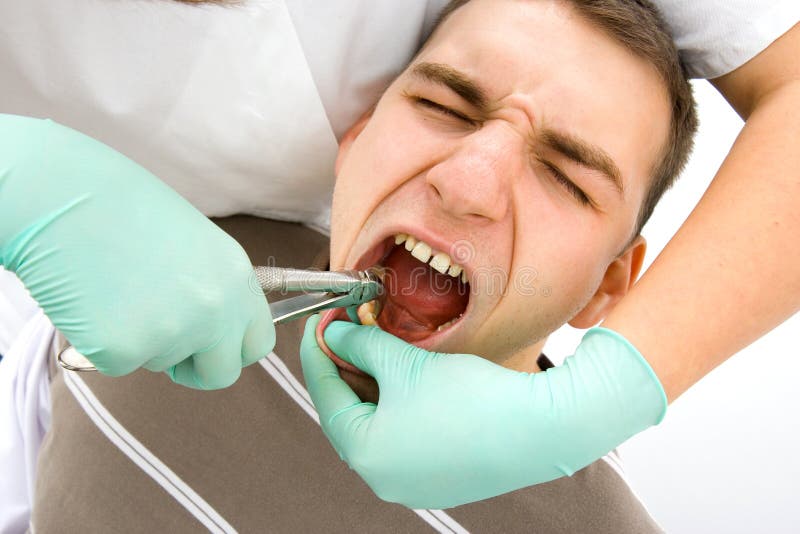

2. RADIATION THERAPY
For some small-mouth cancers, radiation therapy, also known as radiotherapy, can be used as an effective treatment. In more advanced cases, a combination of radiation therapy and chemotherapy might be recommended. Moreover, in certain situations, doctors may advise radiation therapy after surgery to enhance the overall treatment strategy.
KEY TAKEAWAY
Thoroughly comprehending oral pathology is necessary for maintaining optimal oral health. With a focus on the study, diagnosis, and treatment of various conditions affecting the mouth, face, and jaw, oral pathology plays a pivotal role in early detection and management. Regular dental check-ups are also essential for spotting signs of serious oral pathology, including gum disease, oral cancer, and other conditions.
Being vigilant about the above-mentioned visual signs, persistent sores, lumps, or changes in the mouth’s lining is essential. Oral cancer, the most severe form of oral pathology, highlights the importance of addressing risk factors such as tobacco use, alcohol consumption, UV light exposure, insufficient nutrition, and poor oral health.
Timely intervention through surgery, radiation therapy, or a combination of treatments is crucial for effective management. Prioritizing a healthy lifestyle and adopting preventive measures are key steps in reducing the risk of oral pathology and ensuring long-term oral well-being.



